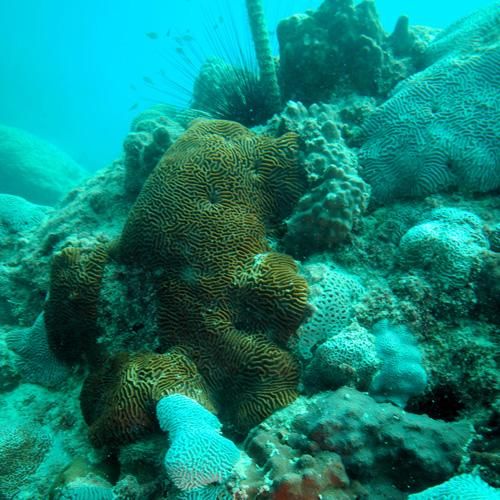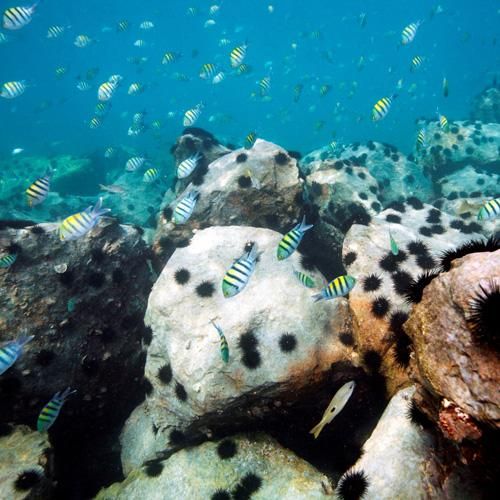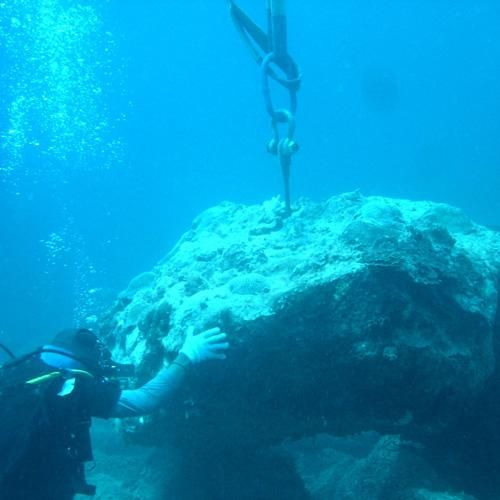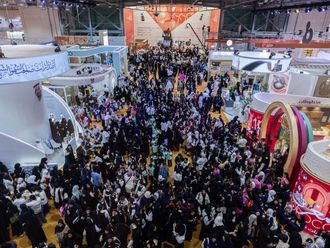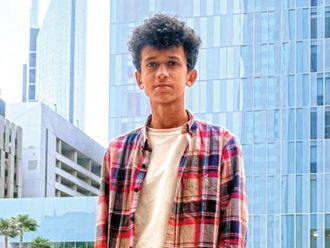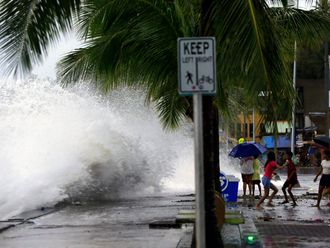Nakheel has said that coral eco system it had transplanted last year from Dubai Dry Docks to The World is in excellent condition with over 93 per cent of the coral undamaged.
The Dubai based real estate developer has also revealed the details of its unique method of transporting more than 5,500 tonnes of coral from one site to another. The unprecedented move was made possible through the efforts of academics and marine life experts last year.
Over a period of seven weeks, between April and June, 2008, a total of 1,129 rocks with an average weight of 5 tonnes were relocated from Dubai Dry Docks to The World breakwaters. The rocks, which cover an area of 6,560 m2 (about the size of a football pitch) were, and now continue to be, home to 18 species of coral and more than 30 species of fish plus various sponges, sea-squirts and urchins.
Initial findings of monitoring undertaken by Dr. John Burt of the Natural Science and Public Health department at Zayed University showed that one year on, the transported marine ecosystem is thriving, with more than 93 per cent of the coral undamaged and responding well to its new habitat.
A decision was taken to move the coral based on potential environmental impacts of proposed construction activities in the area surrounding Dubai Dry Docks. To minimise the damage to corals from traditional removal methods – which typically include the use of crow-bars, underwater drills and cranes – a new technique was developed by the environmental team at Nakheel. A bolt was drilled into each rock and attached to a sling used to hoist the rocks to a depth of three metres below the water surface for attachment to a transport barge. The corals remained suspended in the water throughout the relocation process, minimising stress and damage to the corals.
Brendan Jack, Head of Sustainability and Environment, Nakheel Northern Projects, comments:
“We are delighted with the success of the coral translocation project at The World. The methods used are a world first, and one year on have been hailed by independent parties as a resounding success. The activity demonstrates Nakheel's commitment to innovation and excellence and we intend that what we have learned here can be used in similar projects in the future to protect marine environments and ecosystems.''
Monitoring of the coral was conducted by Dr. John Burt of the Natural Science and Public Health department at Zayed University. His studies revealed minimal breakages and stress of the corals on the rocks - with 93 per cent successfully translocated and healthy one year on from the move. This new method resulted in much lower damage rates than found when using traditional methods of translocation and is an important step towards sustainable coastal development.
Dr. John Burt, an assistant professor at Zayed University adds:
“I have worked closely with Nakheel throughout all stages of the project, from planning, to execution, to monitoring of the site afterwards. A project on this scale has never before been attempted and I am delighted with the results we are seeing at The World thanks to the unique method of translocation. The project marks an important step in our understanding of the methods of coral translocation, and Nakheel is to be commended for its efforts to protect the coral community at the Dubai Dry Docks.
“The coral translocation area has attracted a number of species of reef fishes that are less common elsewhere in that area, including a number of commercially important species. In addition, as many of the transplanted corals are ‘broadcast spawners', it is likely that they will seed the surrounding breakwater through their reproductive activities, resulting in the development of coral communities on nearby rocky structures.''
Coral ecosystem thrives at new location
Coral ecosystem thrives at new location


